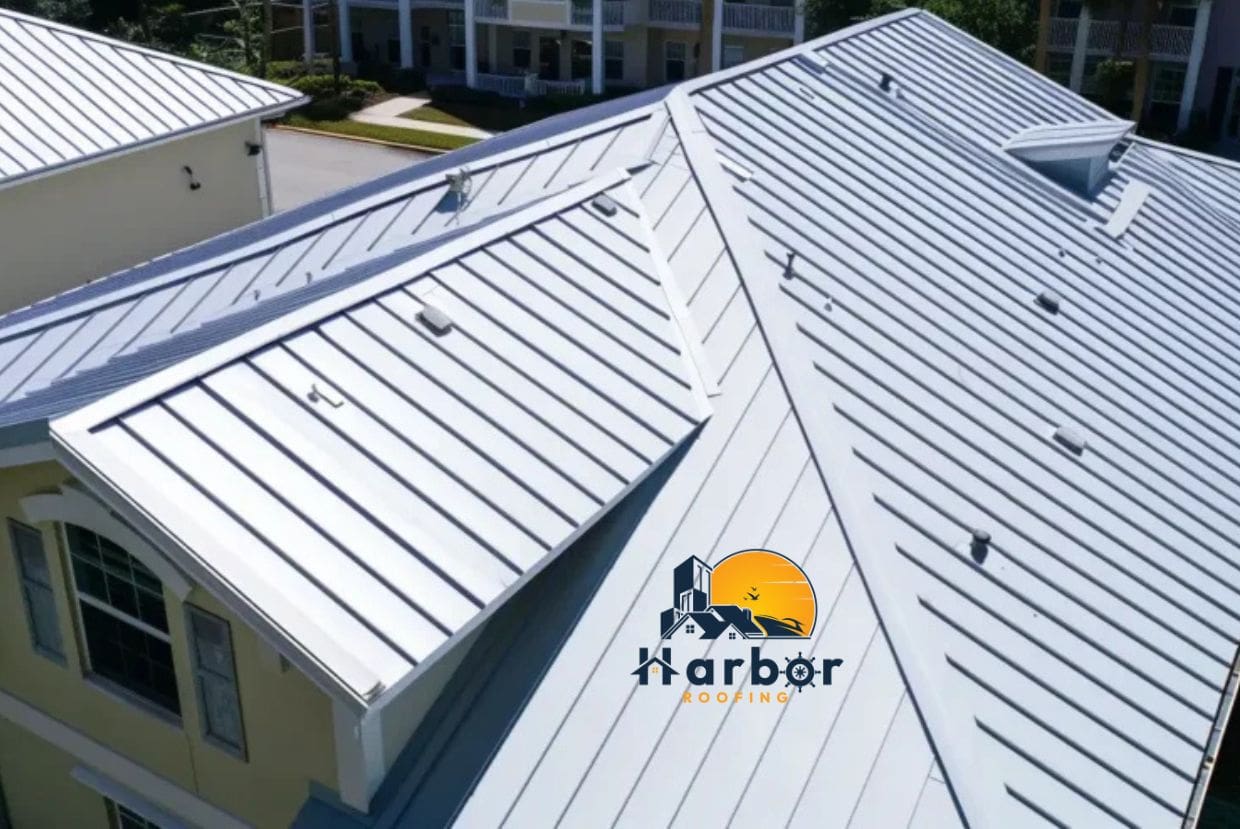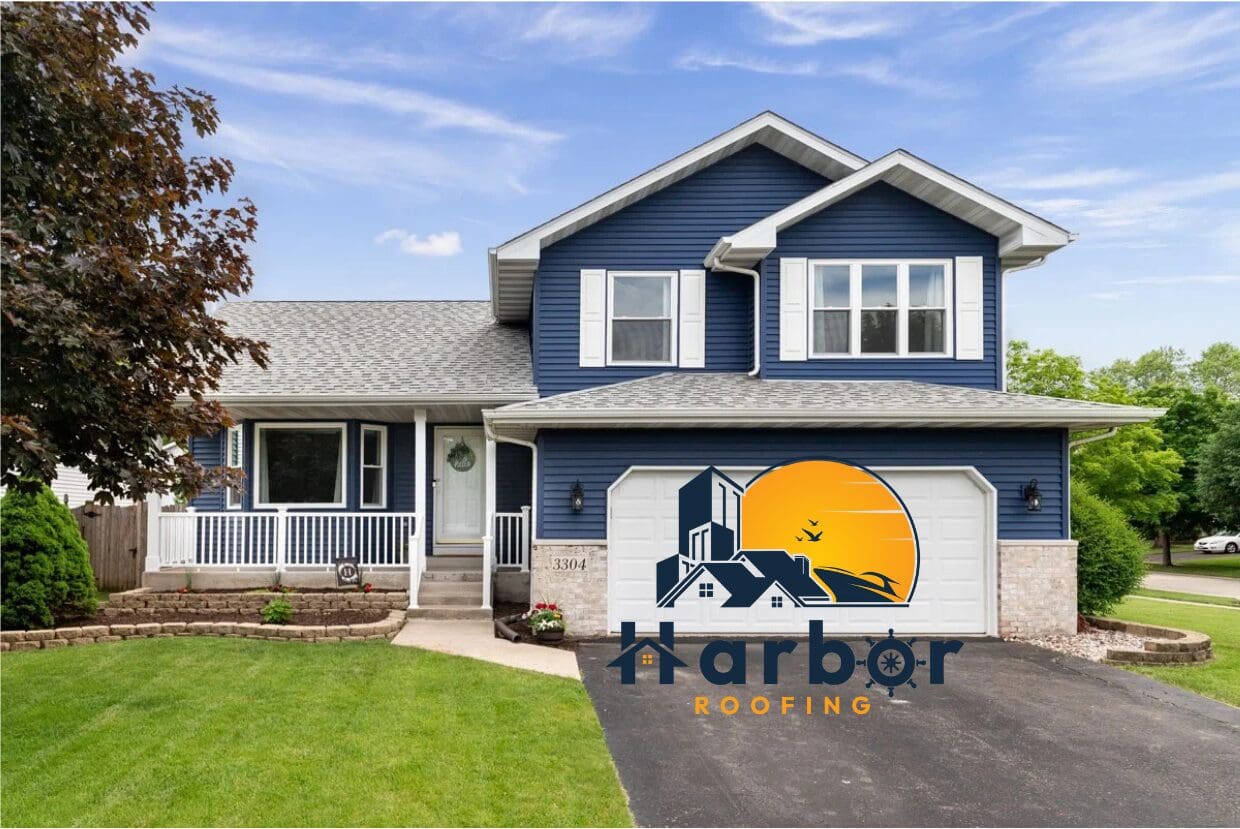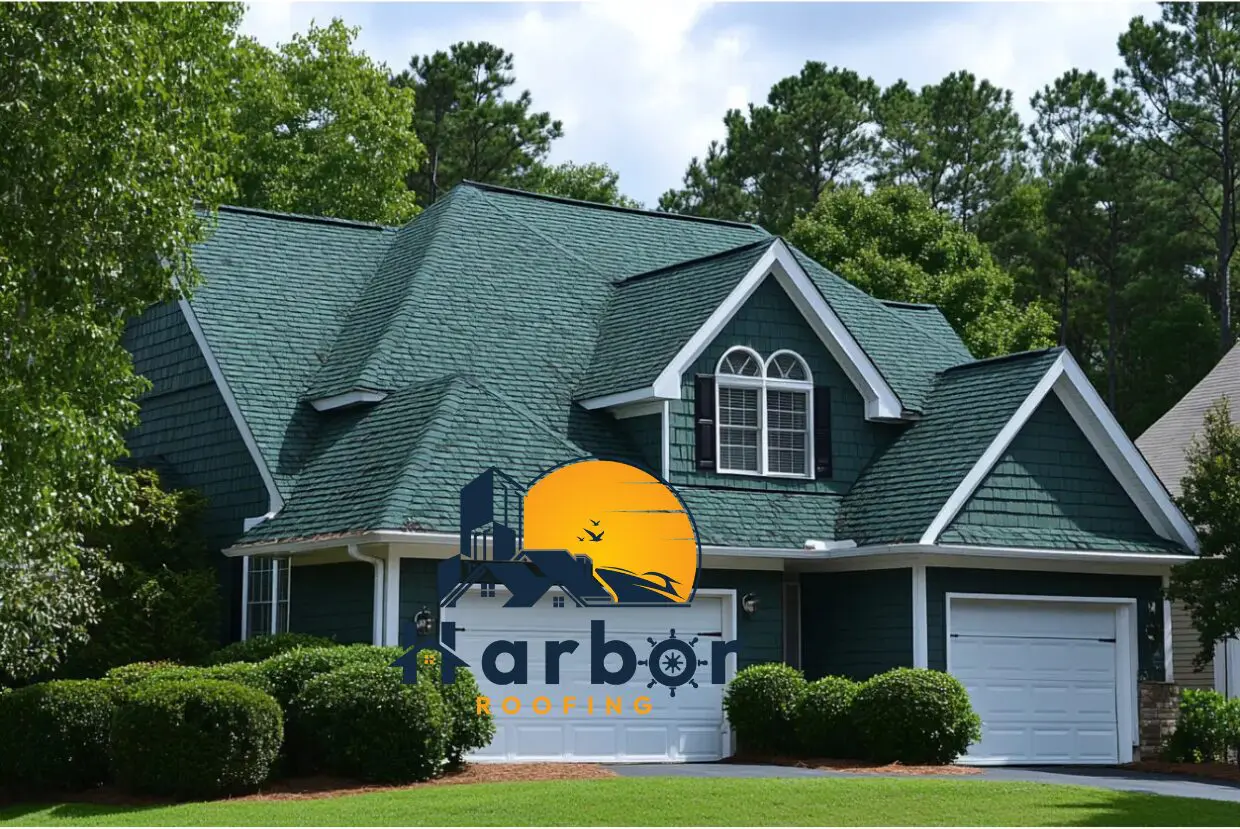In the summer, many households see their energy bills spike because of nonstop air conditioning to cope with the heat. If this is your experience, you are not alone. Fortunately, there is a solution: you can lower your cooling bills with reflective roofing.
In this article, we’ll walk you through what reflective roofing is, how it works, and why it might be one of the best investments you can make for your home and budget.
What Is Reflective Roofing?
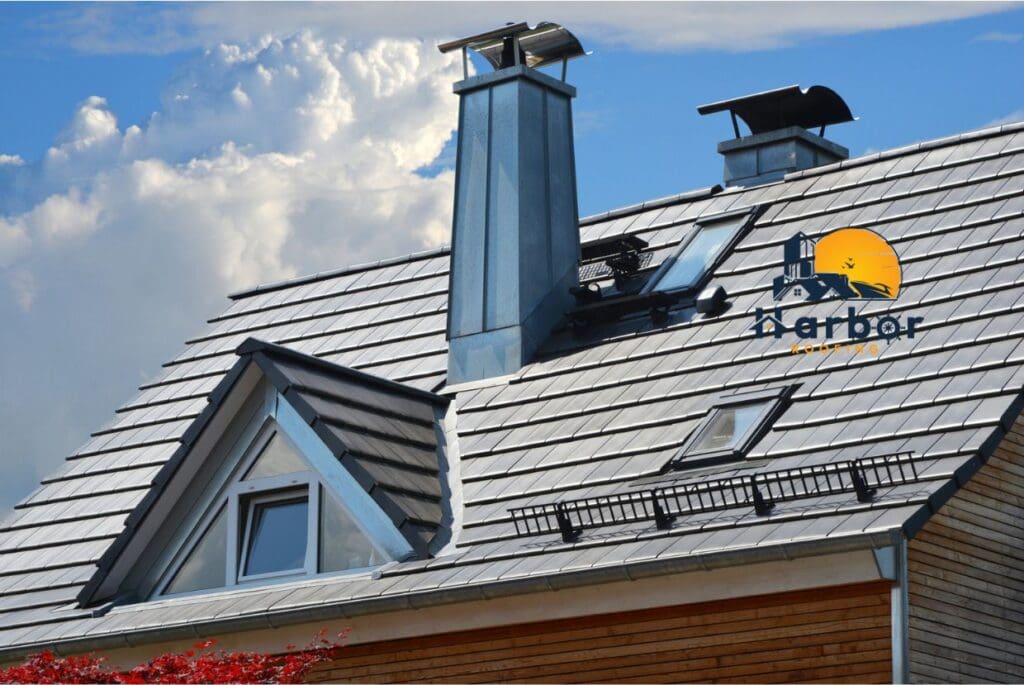
Reflective roofing is a roof that can reflect more sunlight and absorb less heat than standard roofing materials. Another name for reflective roofing is cool roofing.
Standard roofs absorb a significant amount of heat, particularly those with dark colors. The heat then penetrates your home, increasing the temperature of your room. Reflective roofs, on the other hand, reflect sunlight, helping your home stay cooler naturally.
Common types of reflective roofing materials include:
- Cool asphalt shingles treated with reflective granules.
- Metal roofing with reflective coatings or finishes
- Tile or slate roofs coated with a reflective glaze
- White or light-colored roof coatings that can be applied to existing roofs
The Cool Roof Rating Council (CRRC) rates these materials based on their ability to reflect sunlight and release absorbed heat.
How Reflective Roofing Helps Lower Cooling Bills
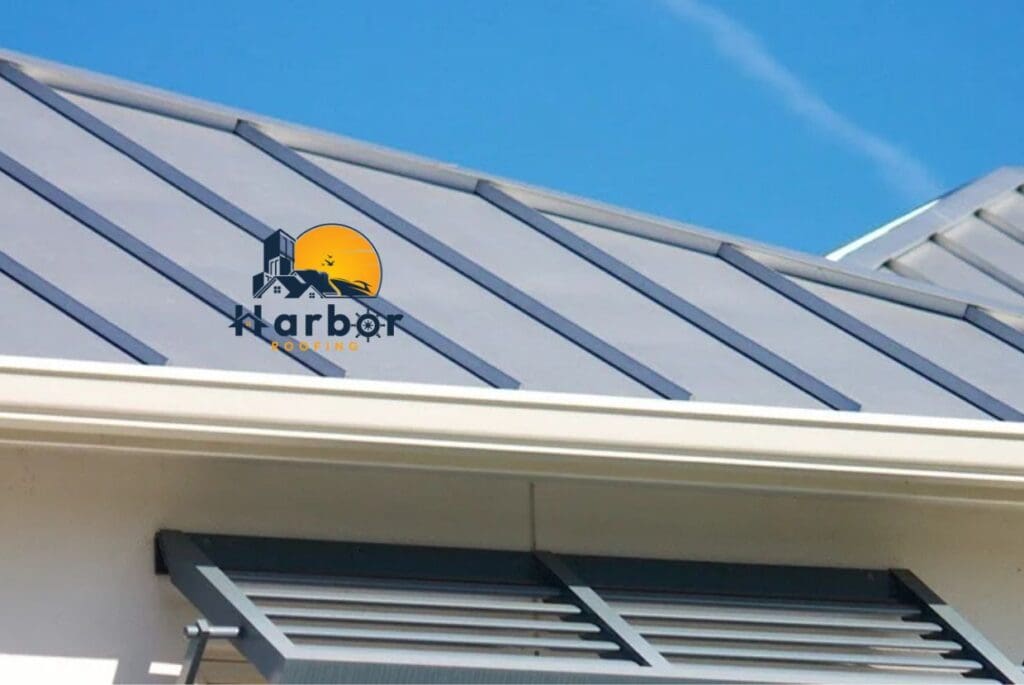
Reflects Solar Heat Away
Your roof is the first line of defense against the sun. Traditional roofing materials can attain temperatures of 150°F or more under direct sunlight. Reflective roofing, on the other hand, remains much cooler by bouncing sunlight away.
By reducing the heat your attic and rooms absorb, you can significantly lower indoor temperatures, especially on summer days.
Depends Less on Air Conditioning
Your air conditioner doesn’t have to work overtime when your building absorbs less heat. As a result, you’ll use the AC for fewer hours each day, putting less strain on your HVAC system and lowering your electricity consumption. Over time, this can lead to noticeable savings on your energy bills. In fact, many homeowners report cooling cost reductions of 10 to 30 percent, depending on factors like their local climate, the type of roof they have, and the quality of their insulation.
Improves Indoor Comfort
Homes with dark heat-absorbing roofs or poor insulation usually have hot spots. Using a reflective roof will help maintain even indoor temperatures, making your home feel more comfortable. You’ll notice fewer temperature swings and a cooler overall environment, including rooms directly under the roof.
How to Choose the Right Reflective Roof for Your Home
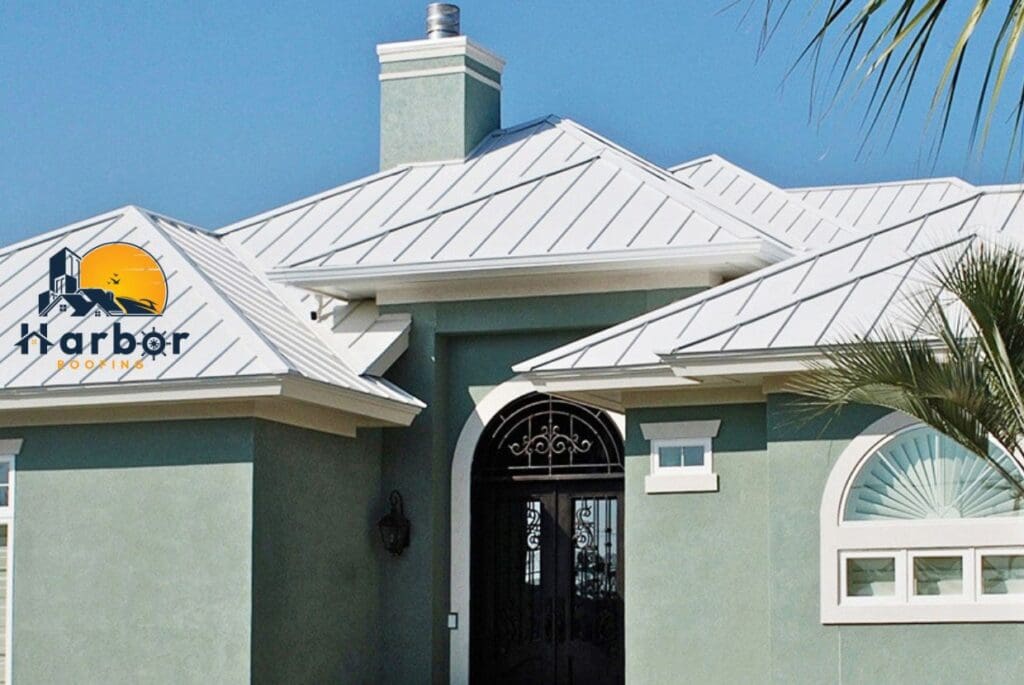
Understand Your Climate and Roof Type
Before you switch to a reflective roof, consider your location. Reflective roofing is ideal for hot, sunny climates where cooling costs are high. You may not get the same benefits if you live in a colder area. However, it can still impact energy efficiency throughout the year.
Additionally, your roof’s slope and material are relevant. Some materials are better suited for flat roofs, others work better with steep slopes.
Material Options to Consider
When choosing a reflective roof, your best option depends on several factors, including your budget, the home’s existing structure, and your planned stay. Here’s a breakdown of some of the most popular materials used for reflective roofing:
Metal Roofing
Metal roofs are naturally reflective, and when you coat them with a specilaized or light-colored reflective finish, they become even more effective at deflecting heat. They’re highly durable, fire-resistant, and can last up to 40 to 70 years with minimal maintenance. Although they have an initial higher cost, they help you save money in the long run.
Cool Asphalt Shingles
Cool asphalt shingles resemble standard asphalt shingles in appearance. However, they are made with granules that are specially coated to reflect more sunlight. They are ideal for homeowners who desire a more traditional look while still enjoying the cooling benefits. With cool asphalt shingles, there will be no issue of limitation of options, as they are usually available in different colors.
Tile Roofing
You can treat clay and concrete tiles with reflective glazes or light-colored finishes to boost their solar reflectance. Roof types like this are usually popular in hot, dry climates like the southwestern U.S. because they’re excellent at keeping homes cool. Tile roofs also have an additional benefit of allowing air to circulate under each tile, which aids their cooling ability further.
Reflective Coatings
You can improve your roof’s energy performance using a reflective coating if you can’t afford a roof replacement immediately. Reflective coatings are usually silver or white paints that you can apply to low-slope or flat roofs. They are a cost-effective alternative that reduces temperature, improves energy efficiency, and prolongs the roof’s lifespan.
They work best on roofs that are still in good structural condition but need a performance upgrade.
Cost Vs. Long-Term Benefits
Installing reflective roofing or using reflective coating on your roof usually has an initial high cost compared to traditional roofing materials. However, the long-term benefits make it a substantial investment. Several factors influence the cost of installing a roof, including the material type, the size and slope of your roof, the cost of labor, and whether you are coating an existing roof or doing an entire replacement. Coatings are usually more affordable than a full roof replacement and can still do a great job when you apply them correctly.
But here comes the good news: a reflective roof significantly reduces the amount of heat your home absorbs, which means your air conditioner doesn’t have to work as hard to keep things cool. Over time, this leads to noticeably lower electricity bills, especially during hot summer months.
Additionally, your HVAC system experiences less wear and tear because it isn’t running constantly. This can extend its lifespan and reduce the need for costly repairs or replacements. In many areas, local governments, utility companies, and federal programs also offer financial incentives for homeowners who install energy-efficient upgrades, such as reflective roofing. These might come in the form of tax credits, rebates, or reduced permitting fees. So, we advise that you check with your local roofing contractor to find out what programs are available in your area.
Additional Benefits of Reflective Roofing
1. Longer roof lifespan: Heat causes roofing materials to expand, contract, crack, and wear out faster. Reflective roofing materials keep your roof cooler, therefore reducing the thermal stress. This translates to an increased lifespan, as there will be fewer repairs.
2. Environmental impact: Reflective roofs are environmentally friendly. When your home consumes less electricity to stay cool, you indirectly cut down on greenhouse gas emissions from power plants. In addition, reflective roofs also help lower the urban heat island effect, which makes cities become significantly hotter than nearby rural areas due to dark surfaces like asphalt and concrete.
3. Boost in home value: Green features are one of the top things homebuyers look for these days. A reflective roof can make your home more attractive to buyers who are big on environmental sustainability. Lower utility or cooling bills and less maintenance are other added advantages buyers find alluring.
Conclusion
Reflective roofing is an innovative, long-term solution that can help you save money, stay cool, and reduce your environmental impact.
Whether you’re building a new home or replacing your current roof, exploring cool roofing options is a great choice. With the right materials and proper installation, you’ll soon appreciate the savings on cooling bills and reduced heat, especially during summer.
Frequently Asked Questions
Is reflective roofing only ideal for hot climates?
Reflective roofing is ideal mainly for hot climates. However, they still have their benefits in a milder climate, reducing cooling bills and extending the life of your roof.
How much can I save on my cooling bills?
There’s no definite answer to this. Homeowners usually report reductions between 10% and 30%, which is influenced by their location and roof type.
Can I make my existing roof reflective?
Yes, you can. You can achieve this by applying reflective coatings or paints to specific roof types, especially low-slope or flat roofs. It’s a cost-effective way to save on utilities without a complete roof replacement.
